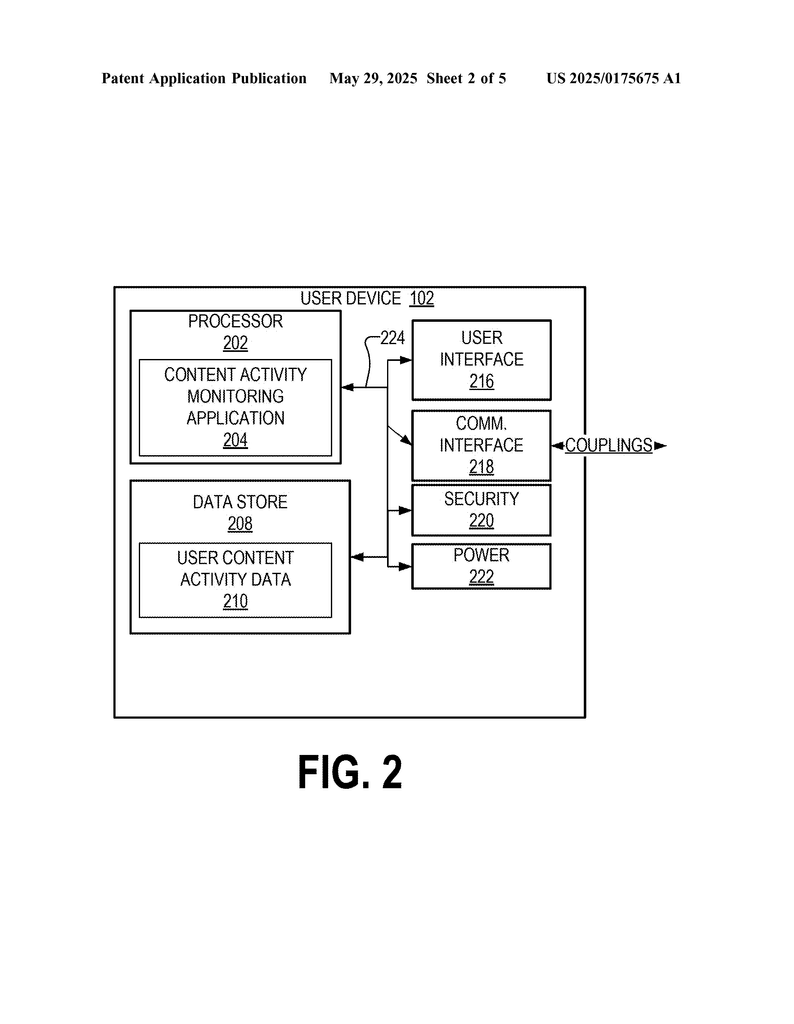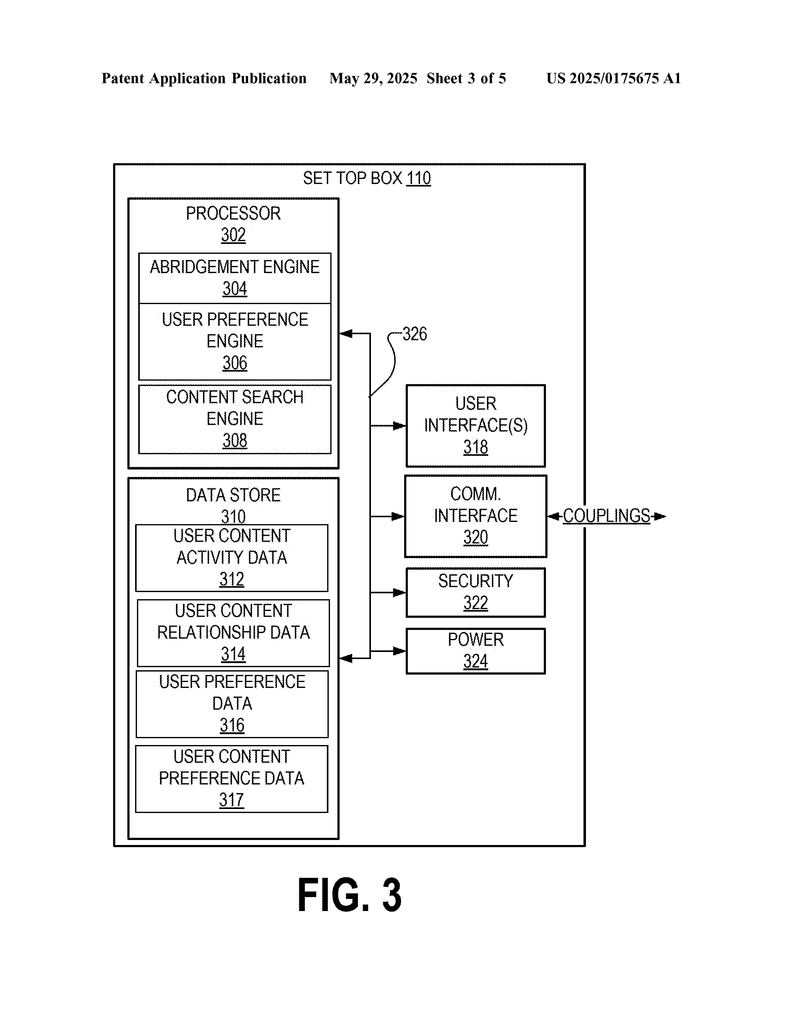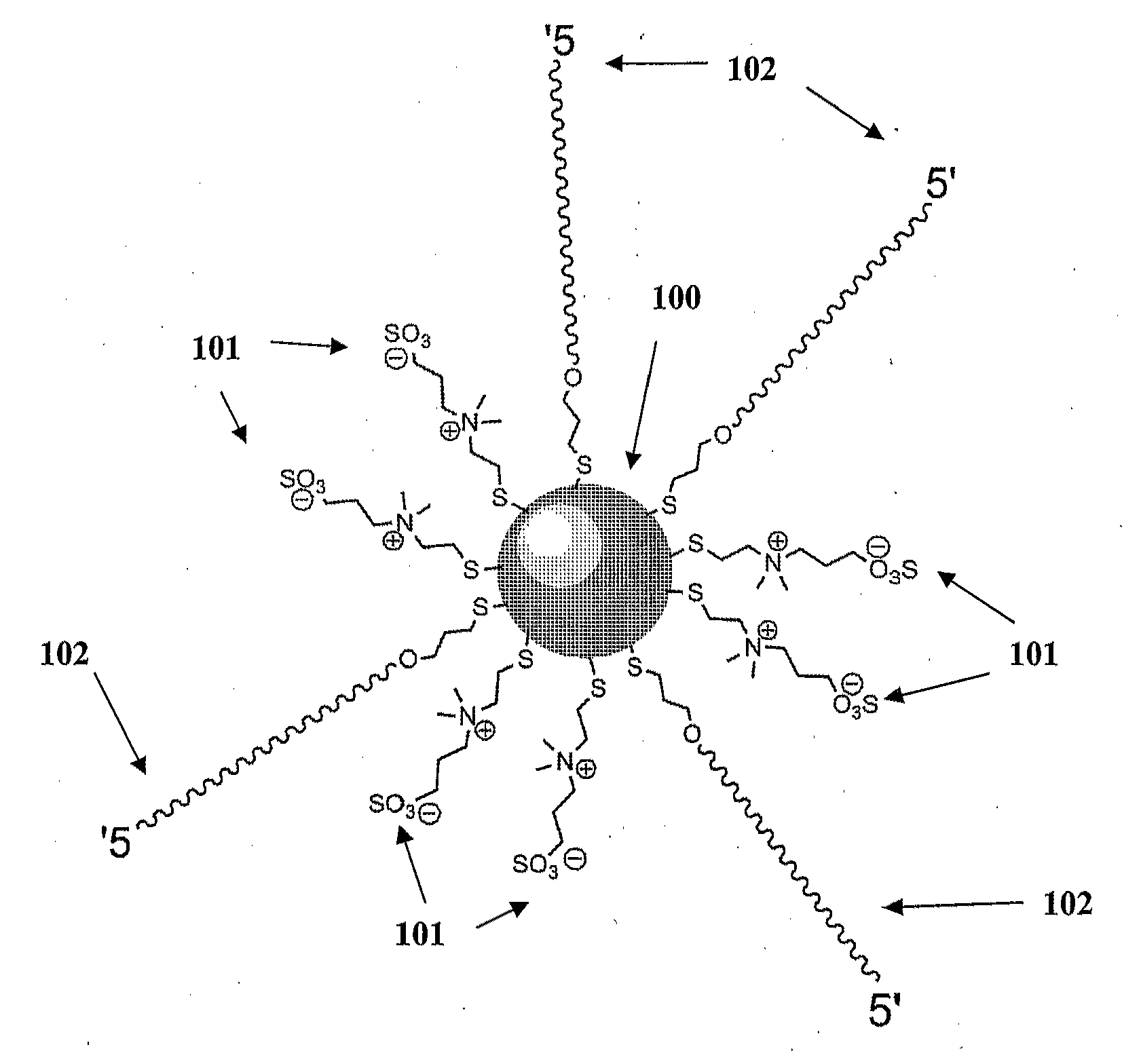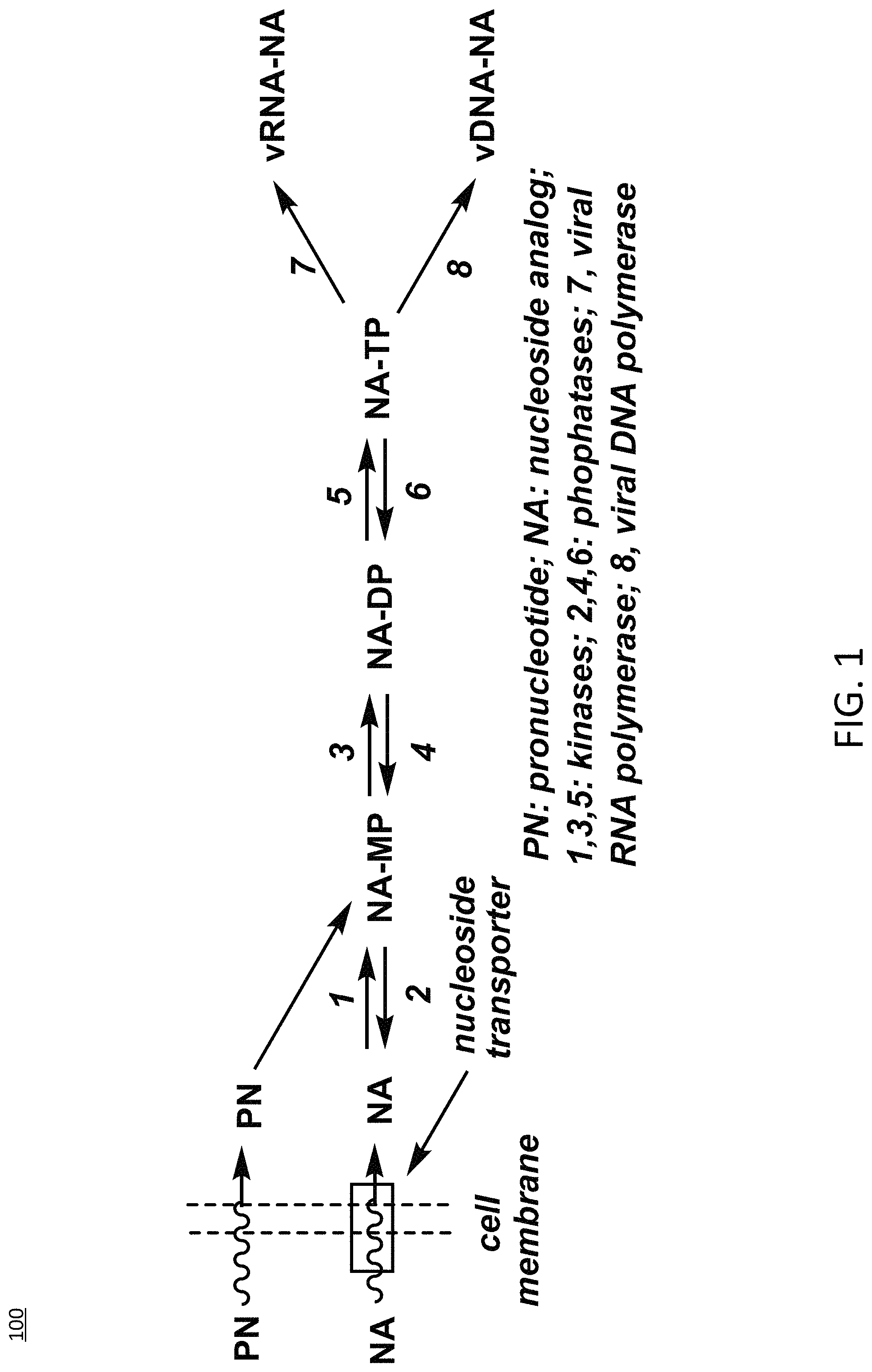Invented by Gopinath; Bharani Vittal, DISH Network Technologies India Private Limited
Unlocking Personalized Content Consumption: Content Abridgement System for Enhanced User Experience
Personal Introduction
As a practicing US Patent Attorney with more than a decade of experience in intellectual property law and the technology sector, my daily work puts me at the cutting edge of innovation and emerging tech trends. Our firm has been privileged to help hundreds of inventors and technology companies protect and commercialize their inventions, especially in the intersection of AI, big data, and the media & entertainment industries. Today, I am excited to discuss a new solution poised to transform the way users interact with digital content: the Content Abridgement System (CAS). My professional background uniquely qualifies me to offer insight into the technical, market, and legal aspects of this patent-pending technology.
I. Executive Summary: The Invention at a Glance
At its core, the Content Abridgement System (CAS) leverages a user device-side Content Activity Monitoring Application (CAMA) and a Set-Top Box (STB) abridgement engine to tailor content delivery to a user’s unique consumption patterns and preferences. The CAMA tracks user interactions (pausing, skipping, rewinding, content selection, etc.) during content viewing and associates these actions with specific content segments and their characteristics (like actors, genres, moments of interest, etc.). This data is analyzed by the STB, which uses AI/ML algorithms to learn from these interactions, refine user preference profiles, and ultimately generate condensed, personalized content feeds. The result is that users receive abridged versions of content (like sports games, shows, news, etc.) that focus only on segments they care about most, saving time and enhancing engagement.
II. Potential Applications Across Industries
The versatility of the Content Abridgement System’s architecture, especially its AI/ML-driven learning loops, extends its utility beyond mere entertainment. Let’s break down some of the major application areas:
| Vertical | Sample Use Cases | Benefit |
|---|---|---|
| Television & Streaming Video |
|
|
| Education & E-Learning |
|
|
| Corporate Training |
|
|
| Audio & Podcasts |
|
|
| Digital Publishing & Journalism |
|
|
One particularly valuable niche is sports content, where the system can serve highly personalized highlight reels (e.g., your favorite player’s every catch or goal across an entire season). In education, it can generate “study summaries” from multi-hour videos, spotlighting exactly what challenged or engaged a student most. Corporate applications might use it to condense compliance training into just the sections that matter to each employee’s role, boosting both efficiency and retention.
III. Addressing Real User Pain Points
- Overload: The era of infinite digital content leaves users overwhelmed—there’s more to watch, read, or learn than time allows.
- Relevance: Not every minute of a video, podcast, or training module is equally useful or interesting to every user.
- Discovery: Users often don’t know where the most relevant content lies within a long program or stream.
- Device Adaptivity: Users access content across multiple devices, expecting a seamless and consistent experience.
CAS solves these issues by learning from natural viewing behaviors, connecting reactions to content characteristics, and continually refining the condensation process. This delivers maximum value per minute—on a phone, TV, car system, or desktop—whenever the user wants it.
IV. Market Opportunity: TAM, SAM, and Beachheads
1. Total Addressable Market (TAM)
The Content Abridgement System addresses several massive markets. Cumulatively, global digital content consumption—including video, audio, and news—represents a TAM exceeding $1 trillion. Let’s break down the biggest potential sectors:
- OTT Video Streaming: The global video-on-demand market alone exceeded $150B in 2023 and is forecast to reach $250B+ by 2027.
- Digital Audio: The global podcast market is projected to reach $94B by 2028.
- Digital News & Publishing: The digital news sector is approaching $80B per year globally.
- E-learning: The global e-learning market is projected to reach $400B by 2026.
2. Serviceable Available Market (SAM)
Focusing on premium streaming and e-learning markets—those most likely to adopt advanced AI personalization—the SAM is conservatively $100–200B. This includes:
- Top OTT providers (Netflix, Disney+, Amazon Prime, Hulu, Max, Apple TV+, etc.), representing $80B+ in annual subscriber revenue.
- Major e-learning and corporate training platforms (Coursera, Udemy, LinkedIn Learning, large enterprise solutions), adding at least $10–20B annually.
| Market | TAM | SAM |
|---|---|---|
| OTT Video Streaming | $250B | $50-70B |
| Digital Audio/Podcasts | $94B | $10-20B |
| Digital News/Publishing | $80B | $10-15B |
| E-learning/Training | $400B | $30-60B |
3. Beachhead/Initial Penetration Markets
- Sports Streaming & OTT: Immediate opportunities with platforms offering team/athlete or moment-based highlight packages.
- Corporate Learning Management Systems: Early B2B adoption where condensed compliance or onboarding can directly affect the bottom line.
- Smart TVs & Set-Top Boxes: Device makers are hungry for features that differentiate and delight users, reducing churn.
V. Frequently Asked Questions & In-Depth Answers
Q1: How does the Content Abridgement System differ from simple “skip/recap” features?
Most video platforms offer rudimentary skip or recap features, typically driven by manual tags (“Skip Intro”, “Recap of Last Week”). CAS, in contrast, uses AI to learn individual engagement. It not only detects which moments a user skips, rewinds, or spends extra time on, but also links those behaviors to precise content markers (actors, topics, keywords, scenes). Over time, it produces a data-rich profile enabling the system to “edit” programs in real time, dynamic to the user’s habits—not just generic event highlights.
Q2: What about privacy concerns? Is my viewing data safe?
Privacy is built in by design. All user activity data can be stored and processed locally or, if cloud-based, anonymized and encrypted per GDPR and US privacy standards. Users can review and delete their preference/profile data at any time. As patent counsel, I recommend full compliance with applicable data protection regulations, and CAS offers auditing and opt-out controls for every user.
Q3: Which devices does the system support?
CAS is built with device-agnostic architecture. The CAMA can live on smartphones, tablets, smart TVs, set-top boxes, PCs, or even smart wearables—any platform where a user consumes streaming or local content. The STB/abridgement engine may be on a physical device (like a cable box), network server, or cloud platform, ensuring maximum deployment flexibility for both direct-to-consumer and operator implementations.
Q4: What does the integration process look like for a content provider or device OEM?
We’ve engineered CAS as modular APIs and SDKs, supporting rapid integration with existing content management systems, EPGs (electronic program guides), and device operating systems. Prototype pilots can be built in under 6 months, with full-scale integration typically spanning 9–15 months depending on breadth. Licensing and white-label relationships are also supported.
Q5: How well does the system handle metadata or content that lacks rich tagging?
CAS’s AI/ML layer shines by augmenting or even creating structured metadata using automated content analysis—facial recognition, scene analysis, speech-to-text, and more. This means even unstructured video or audio can be segmented and characterized “on the fly,” supplying the system with granular markers for abridgement and search.
VI. Product Information and Next Steps
CAS is available now for pilot integrations. Key features include:
- Real-time content activity sensing across multiple devices and user profiles
- AI-driven preference learning with continual refinement based on new behaviors
- Flexible output modes: full-feed, condensed highlight reels, personalized recommendations, and cross-device synchronization
- Robust privacy controls for user data, supporting both local and cloud deployments
- Seamless SDK/API integration for both content providers and device OEMs
Interested partners can find a full technical specification, sample APIs, and product demos on our Product Page. For a deep dive demo or to discuss integration and IP licensing, please contact us directly at [Insert Email Here].
VII. Digital PR and Brand Outreach
We’re committed to being at the forefront of content innovation. Our founder and lead patent attorney is available for interviews and by-lined articles on the future of personalized content, AI/ML in entertainment and education, and privacy-first content adaptations. Look for mentions of our brand and CAS technology in recent industry publications:
- “Personalized AI Editing Innovates Sports Highlights” – StreamTech News, March 2024
- “The Age of Abridgement: Content on Your Terms” – Media & AI Quarterly, May 2024
- Coming soon: In-depth podcast interview on The Future of Media AI
If you are a journalist or event organizer, we welcome inquiries via our dedicated press channel on the PR page.
VIII. Conclusion: A Smarter Way to Watch, Learn, and Engage
The Content Abridgement System overcomes digital content fatigue, bringing users a future where every minute spent with media is as relevant, compelling, and personal as possible. As both a legal advocate and observer of the tech landscape, I believe this technology is set to reshape how we all interact with digital media, training, news, and beyond.
Ready to see personalized content in action? Contact us for a private beta or partnership opportunity, and help define the next chapter of user-driven media and learning.
US Patent Applications Pending
For complete product documentation and partnership inquiries, please visit our main product information page.
Click here and search 20250175675.






